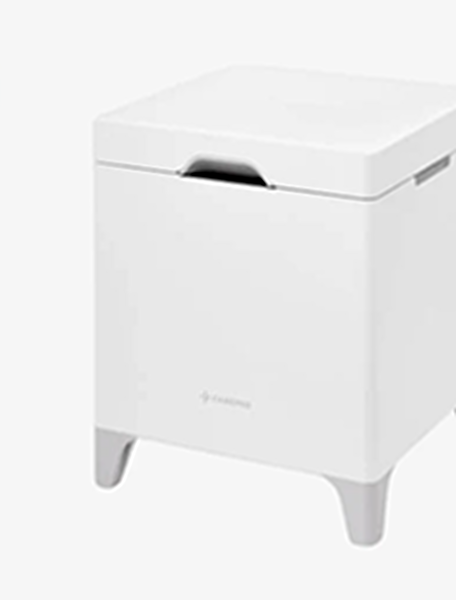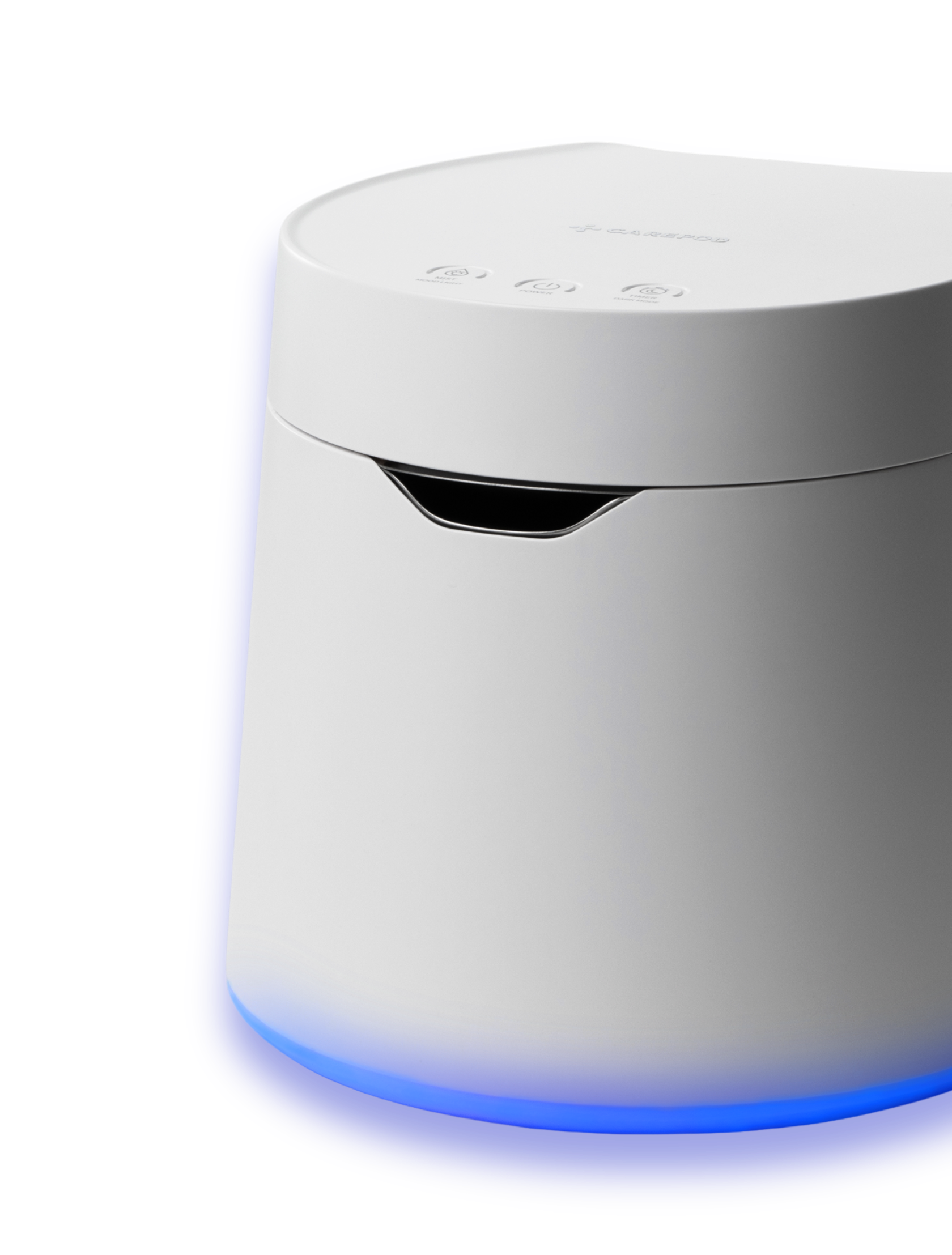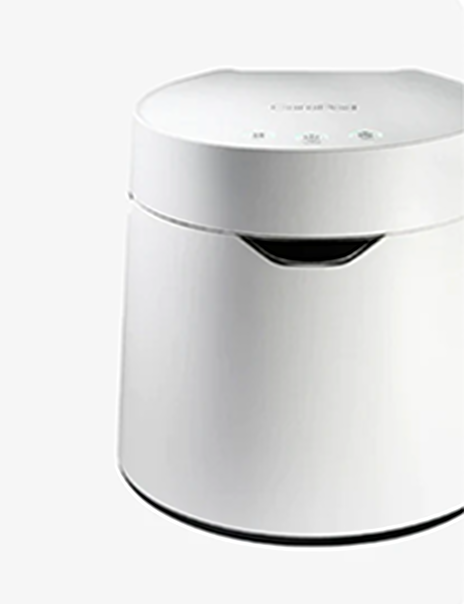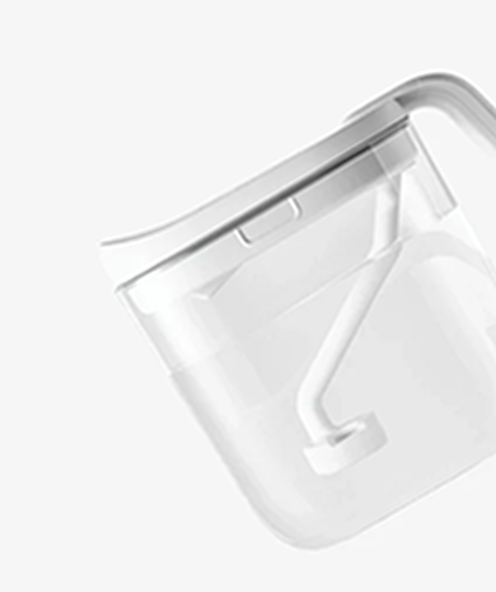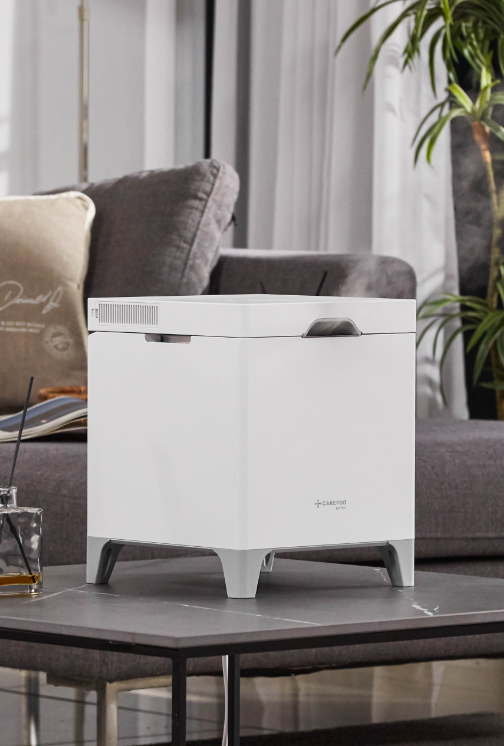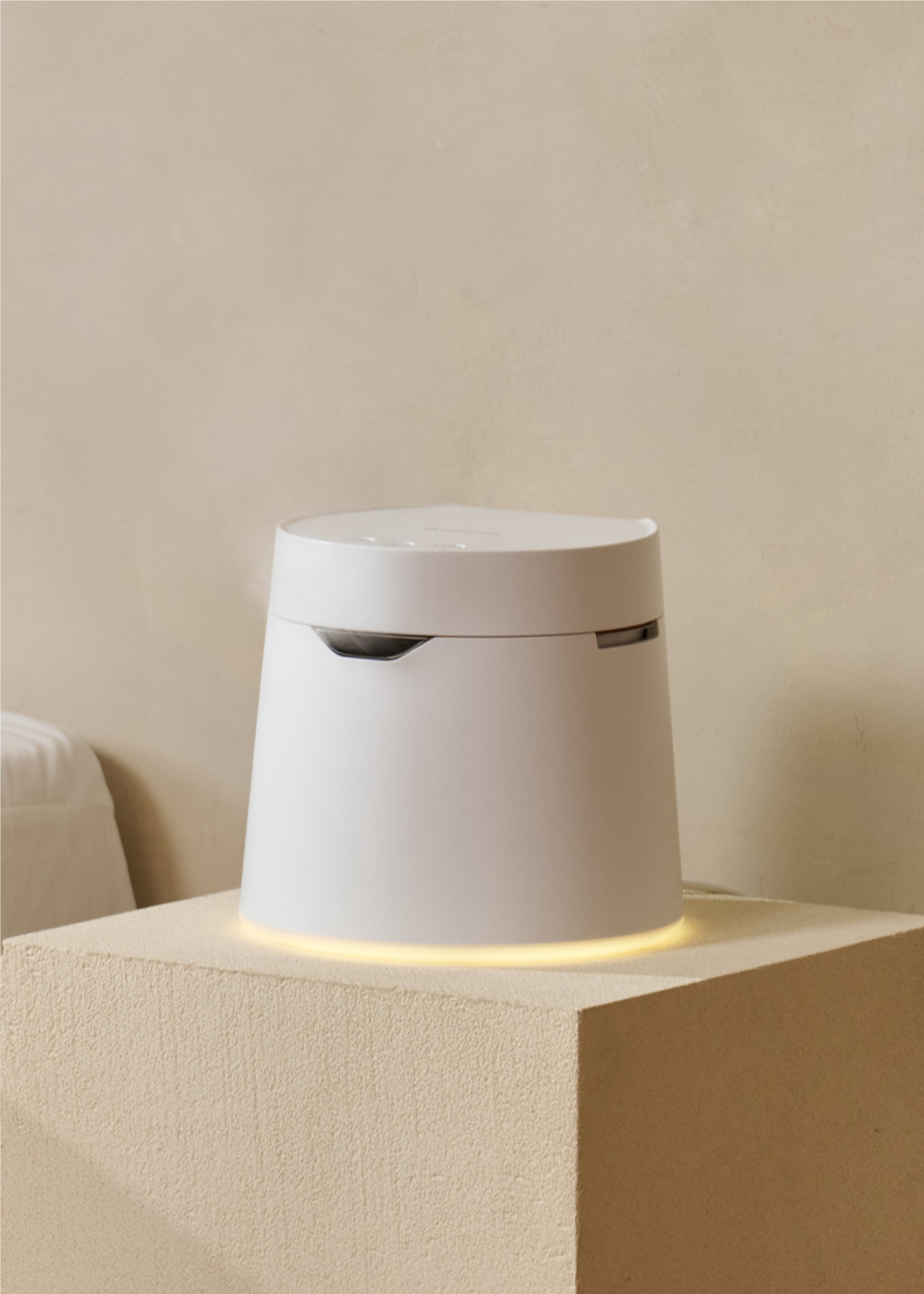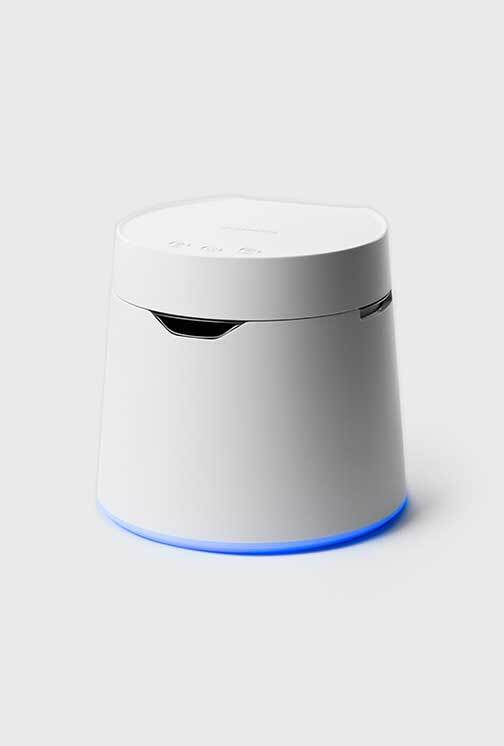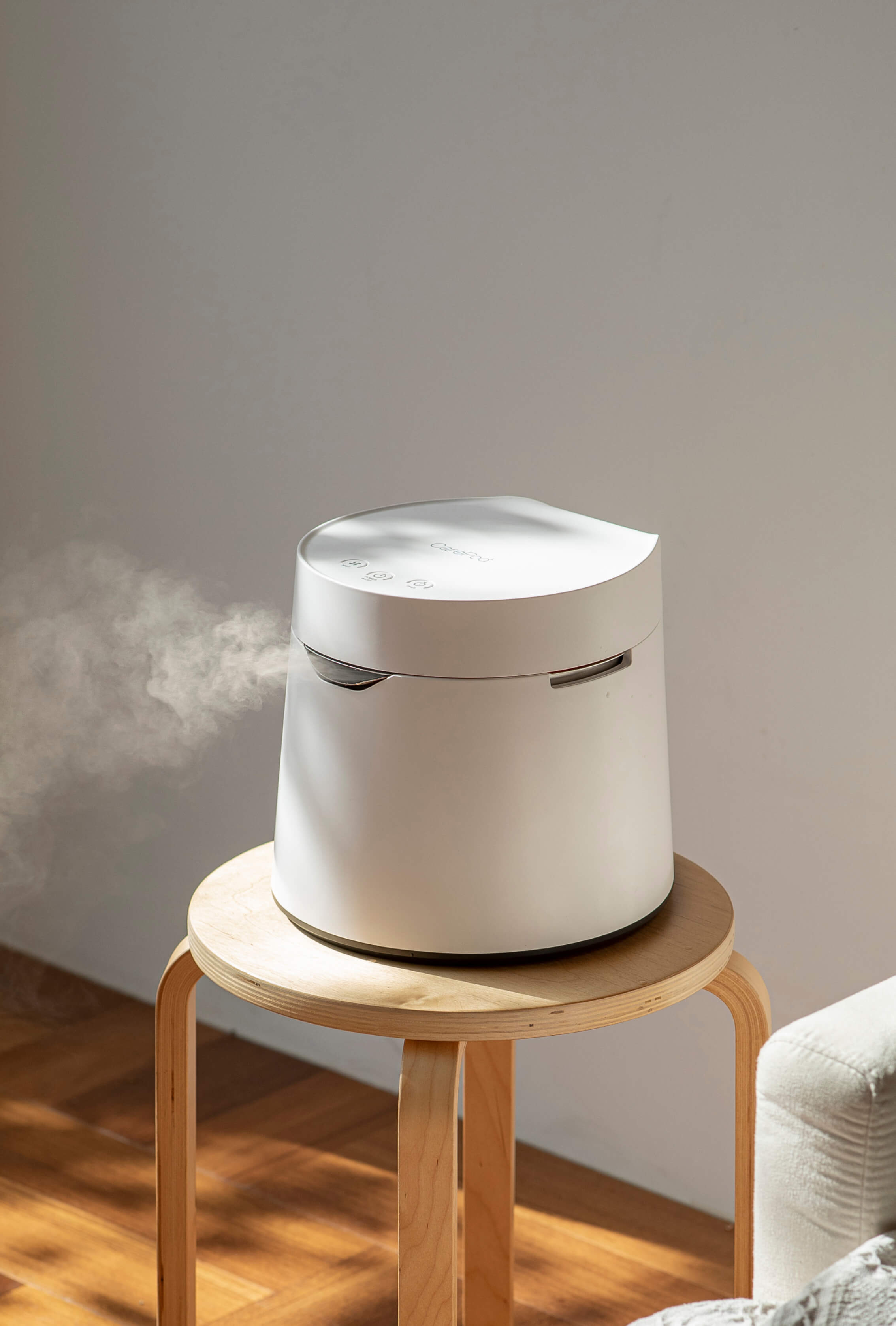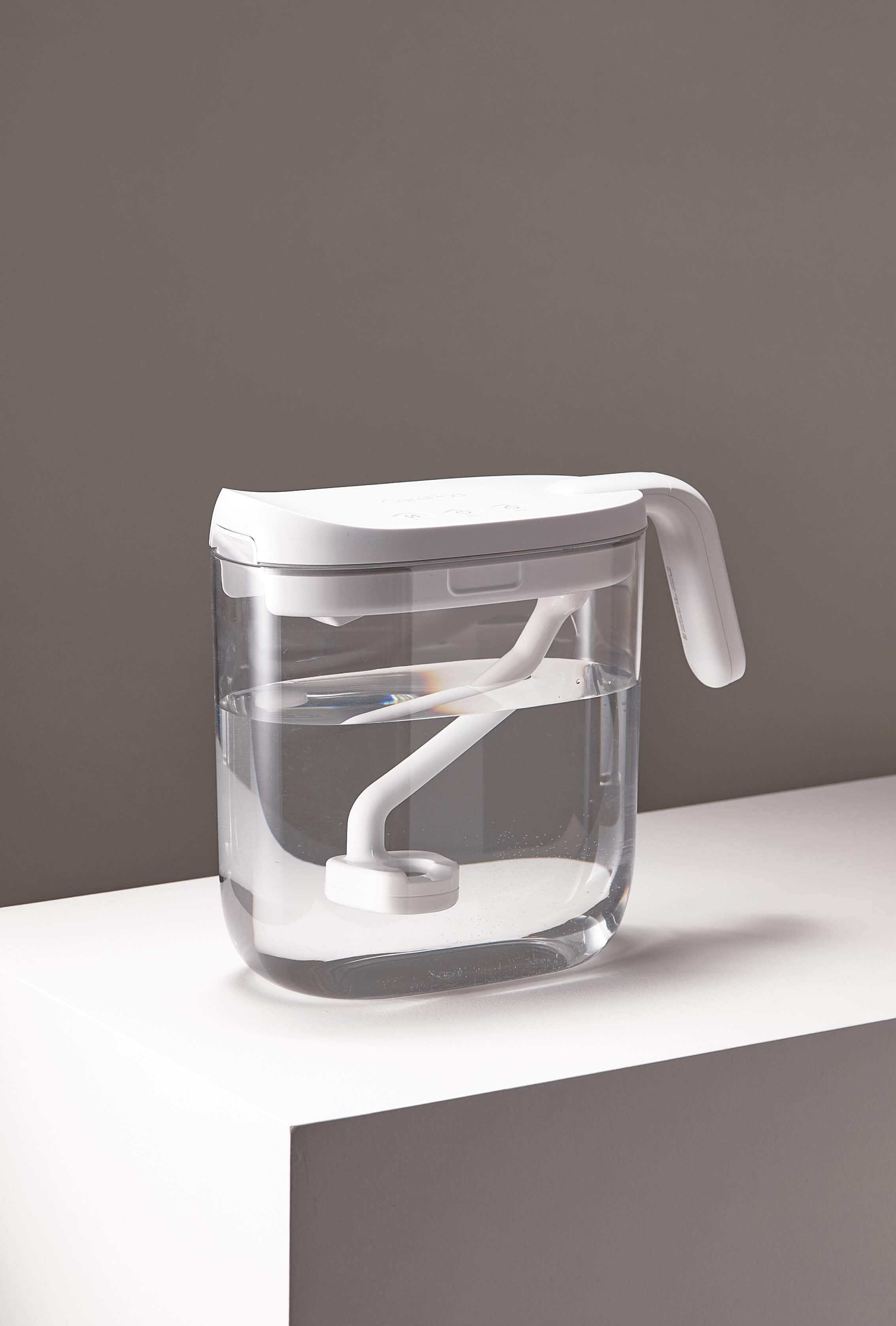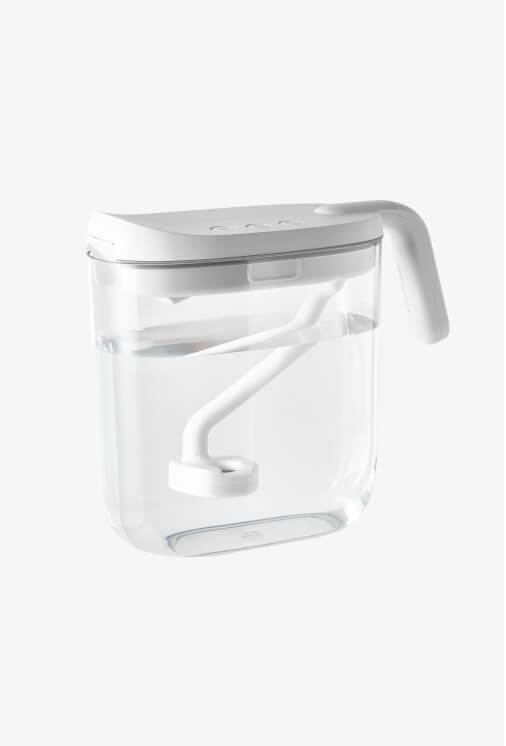Steam Vaporizer (Warm-Mist Humidifier): Everything You Need to Know

Humidifiers work to boost moisture levels in the air, which can make a big difference in both your health and the comfort of your home. They come in several different styles, each with their own way of working. The four main types you’ll find are ultrasonic, evaporative, steam vaporizer, and whole-home humidifiers.
If you're considering purchasing a humidifier but find yourself overwhelmed by the different options and names, don't worry — we're here to help.
In this series, we'll explore the various types of humidifiers. For now, we’ll dive into everything you need to know about the steam vaporizer, also known as a warm-mist humidifier.
How It Works
A steam vaporizer relies on electricity and internal heating elements to produce a warm mist of moisture, which may slightly raise a room's temperature in the process. This device boils water in its reservoir to generate hot steam, which is then cooled slightly before being released into the air.
Warm-mist humidifiers are popular choices, especially because they can be used with medical inhalants. This feature provides relief for those suffering from allergies, as well as symptoms of the common cold and flu, such as coughing and nasal congestion.

Benefits
Steam vaporizers are typically known to be more hygienic than evaporative humidifiers, since the boiling process effectively eliminates harmful bacteria and mold from the water. In contrast, evaporative humidifiers require a filter that, if not regularly and properly cleaned, can harbor germs.
Vaporizers are excellent for soothing nasal passages, offering relief from seasonal congestion or enhancing sleep quality. Many portable models boast a compact and sleek design, making them ideal for placement on a nightstand or small table in your bedroom.
Furthermore, warm-mist humidifiers are the quietest type. Evaporative humidifiers, in comparison, may generate noticeable noise due to their internal fans.
Lastly, the warm mist from a steam vaporizer can provide additional heating during the cold winter months. Since moist air feels warmer than dry air, this feature may even allow you to keep your thermostat set lower.
Drawbacks
Of course, steam vaporizers do pose a risk of burn to children and pets — so be sure to keep them away at a distance when the device is in use. And since warm-mist humidifiers use a heating element to boil water, they require more energy usage than other kinds of humidifiers.
As a result of this significant energy expenditure, steam vaporizers turn out to be very powerful and effective at producing moisture. Remember to monitor and regulate the humidity level from time to time in order to avoid excessive dampness in the environment, which can promote the growth of mold and bacteria.
While the process of boiling is highly sanitary and kills almost all biological contaminants in the vaporized water, the insides of the machine may collect bacterial colonies that stick to surfaces and build up over time. Since steam vaporizers are generally not designed to be disassembled, these growths can be very difficult to clean.
Lastly, if you live in a warm, humid area, the extra heat from the steam vaporizer might make your home feel a bit uncomfortable during the summer. A good tip is to use warm-mist humidifiers in the cooler months and switch to cool-mist ones when it's warmer. Alternatively, consider a versatile hybrid humidifier option like Carepod Cube, which provides both cool-mist and warm-mist settings to cater to your needs all year round.

How To Clean And Maintain
Since the water from a steam vaporizer is boiled before it exits the device, using tap water is typically fine. However, if available, purified or distilled water is always a good option. It's important to change the water daily: simply empty the tank, dry it, and refill with fresh water.
Although the risk of bacterial growth or mineral buildup in a steam vaporizer is relatively low, it’s still crucial to thoroughly clean the inside of your humidifier every few days. The cleaning process is straightforward. "Empty the tank and use a brush or other scrubber to clean it," the EPA recommends. "Remove any scale, deposits, or film that has formed on the sides of the tank or on interior surfaces."
One common cleaning method is to rinse the inside with lukewarm water and use white vinegar or bleach as a disinfectant. However, avoid using detergents or other abrasive cleaning agents, which can damage the inside of the device.

FAQ
- How do I tell if my steam vaporizer is working?
You should see a visible stream of warm mist and might hear a faint sound from the device. If it appears not to be functioning correctly, turn it off and address the issue before using it again.
- When should I turn on my humidifier?
You can use your humidifier any time you're at home, day or night. However, turn it off when you leave your house or when indoor humidity levels approach 60%. The optimal humidity range for most indoor environments is between 30% and 50%.
- What are the benefits of using a humidifier?
Humidifiers can mitigate many problems caused by dry indoor air. By adding moisture to your environment, they help alleviate dry skin, congestion, and irritation of the eyes, nose, and throat, as well as symptoms related to common colds and allergies. Maintaining optimal humidity levels can even improve your sleep quality and help prevent the spread of airborne viruses.
- Does Carepod have a steam vaporizer?
While Carepod’s lineup doesn’t include a steam vaporizer humidifier, Carepod Cube features all the therapeutic benefits of one without the downsides. It’s a premium ultrasonic humidifier that has the ability to produce warm mist (or cool mist) without the safety risk of boiling water.
Final Thoughts
Ultimately, the best humidifier for you depends on your specific needs and preferences.
To summarize, vaporizers boil water from a reservoir to create steam, which they release into the air to add humidity. These warm-mist devices are not only quiet and compact but also extremely hygienic, providing additional warmth to your environment. They’re often used with inhalants to relieve indoor allergies and respiratory issues like dry nose, sore throat, and irritated airways.
However, they are less energy-efficient than cool-mist humidifiers and can pose a burn risk, especially to children or pets.
With proper care and maintenance, if this humidifier type suits your specific needs, a steam vaporizer can be a valuable long-term investment to improve your personal health and the comfort of your home.
